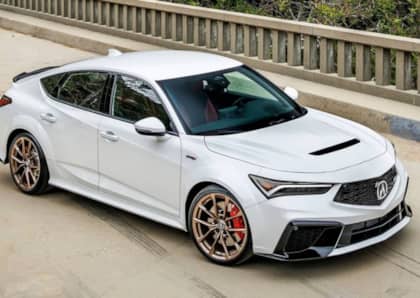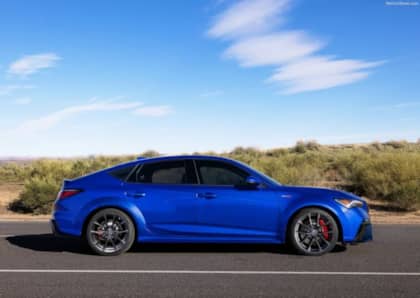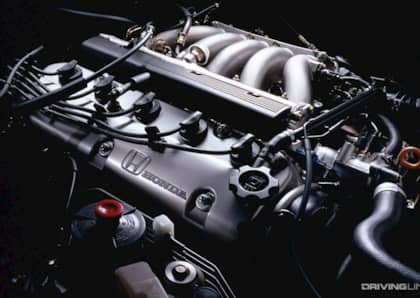Civic, NSX, S2000 & Beyond: How Honda VTEC Changed the Engine Game
VTEC. Even if you aren't a Honda fan or an import enthusiast there's no doubt you are familiar with it. It stands for "Variable Valve Timing & Lift Electronic Control" and when Honda began introducing this new engine technology in the late 1980s and early 1990s it took the company into a new era of performance.

Honda engineer Ikuo Kajitani is considered the "Father of VTEC" and he lead a team that began developing the technology in the mid 1980s, with a goal of greatly improving the performance of Honda's four-stroke car engines.
Honda had already been building both single overhead cam and dual overhead cam engines that delivered impressive performance for their size, but that was just beginning.

The main hurdle was that small engines would need to rev extremely high to make power, and that would naturally mean a big trade off in both fuel economy and lower RPM performance.

Thus Kajitani and the other Honda engineers came up with a system that could use two different cam profiles to help deliver both high RPMs and high power, but also smoothness and fuel efficiency at lower RPMs.
In normal driving the engine operates on the first cam profile, and at a certain point determined by the ECU a solenoid would activate, using oil pressure to move a pin that switches over to the high lift cam profile.

If you've ever driven a VTEC Honda, you'll know this changeover can often be both heard and felt, and the "VTEC kicking in" sensation would go on to become an internet meme. Meme-worthy or not there was no denying its effectiveness.

After lots of trial and error, and re-designing parts the could handle the stress Honda had done it. They'd built a naturally aspirated four-cylinder engine that had the high RPM performance of a purpose-built race engine but with the durability, drivability and fuel efficiency of a normal economy engine.

In Japan the first car to be equipped with a DOHC VTEC engine was the 1989 Integra powered by the soon-to-be legendary B16A engine. It made 100 horsepower per liter, with a total of 160 horsepower from its 1.6 liters at 8,000 RPM.

A similar B16A1 engine powered the JDM market Civic and CR-X SiR, and it helped transform those humble compact cars into machines that could punch well above their weight on the race track.

In North America, our first taste of VTEC came in the 1991 Acura NSX which used the technology on its 3.0 liter DOHC V6 to deliver both power and an engine character that was fitting for its exotic, high tech underpinnings.

And again, it was VTEC that helped make both the original NSX and the cars that followed realize their dream of having race car-like personality in performance in a vehicle that could be as docile and reliable as a Japanese family sedan.

Soon VTEC could be found on everything from the larger H22A four-cylinder to smaller SOHC VTEC engines that powered cars like the US market Del Sol, Civic EX and Civic Si of the early 1990s.

Proper DOHC B-Series VTEC engines would power cars like our Acura Integra GSR, Integra Type R and later the EM1 Civic Si. And by the the tech could be found across Honda's J-series V6 engines that have powered everything from Acura luxury sedans to minivans and pickups.

And of course there was also the Honda S2000 and its F20C VTEC engine which reached new heights in horsepower per liter and helped make the S2000 one of the most impressive sports cars ever to come out of Japan.

VTEC would continue to evolve and spread in the years that followed, appearing in more and more Honda vehicles and keeping their smaller displacement, naturally aspirated engines competitive with their rivals and giving them a distinct character not found in other inexpensive engines.

Today Honda still makes VTEC engines, but given the growth of turbocharging and the fact that other automakers have been using their own forms of variable valve timing for many years, the feeling isn't quite as special.

Sill, if you ever hop behind the wheel of a Honda new or old that has a VTEC engine, there's still something great about hearing and feeling that changeover, and it's another reminder to appreciate the fun and engagement of a well-made internal combustion engine while we still can.
More From Driving Line
- While on the subject of Honda engines, here's a look back at the company's lesser known family of five-cylinder engines from the 1990s.











